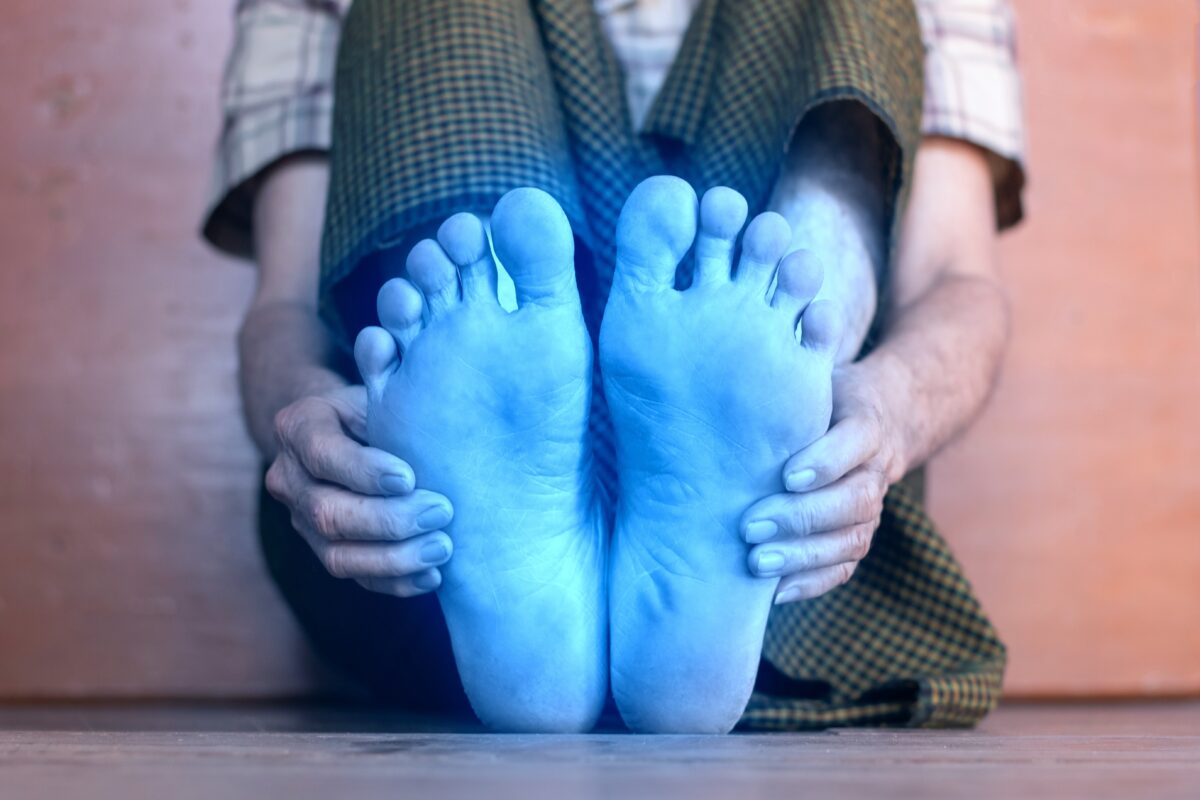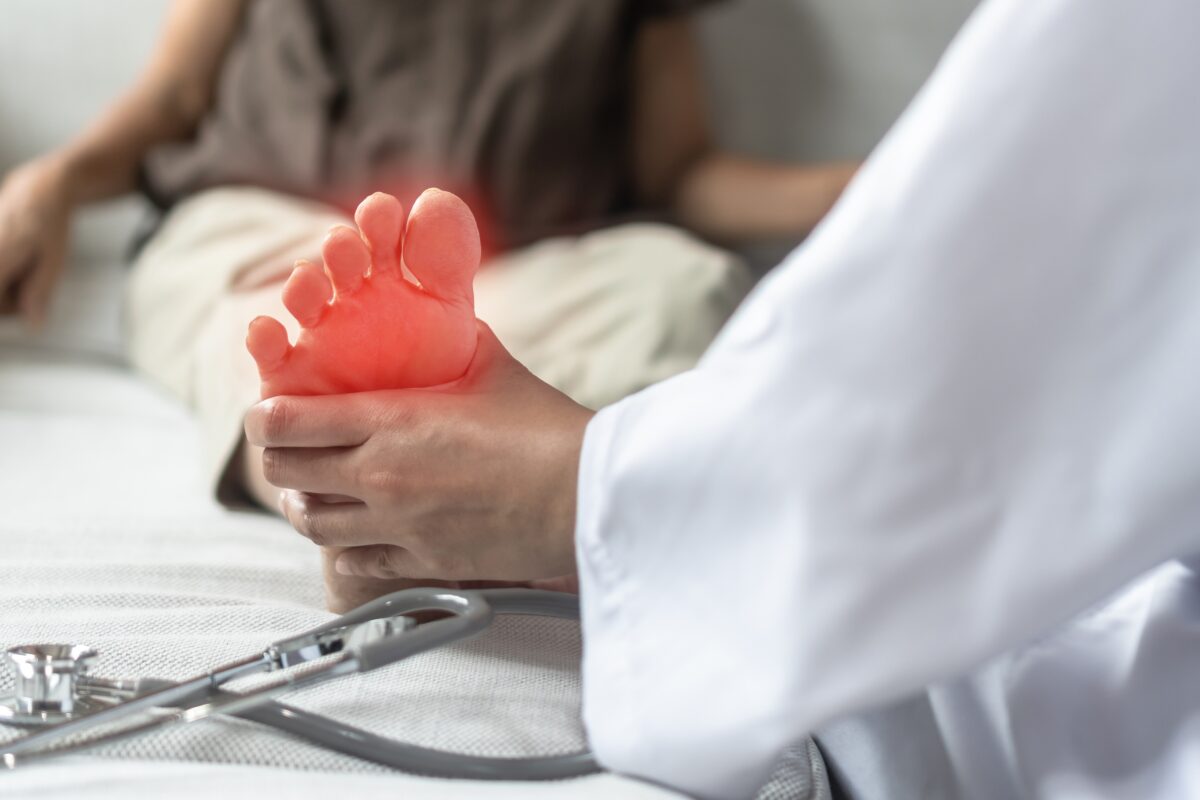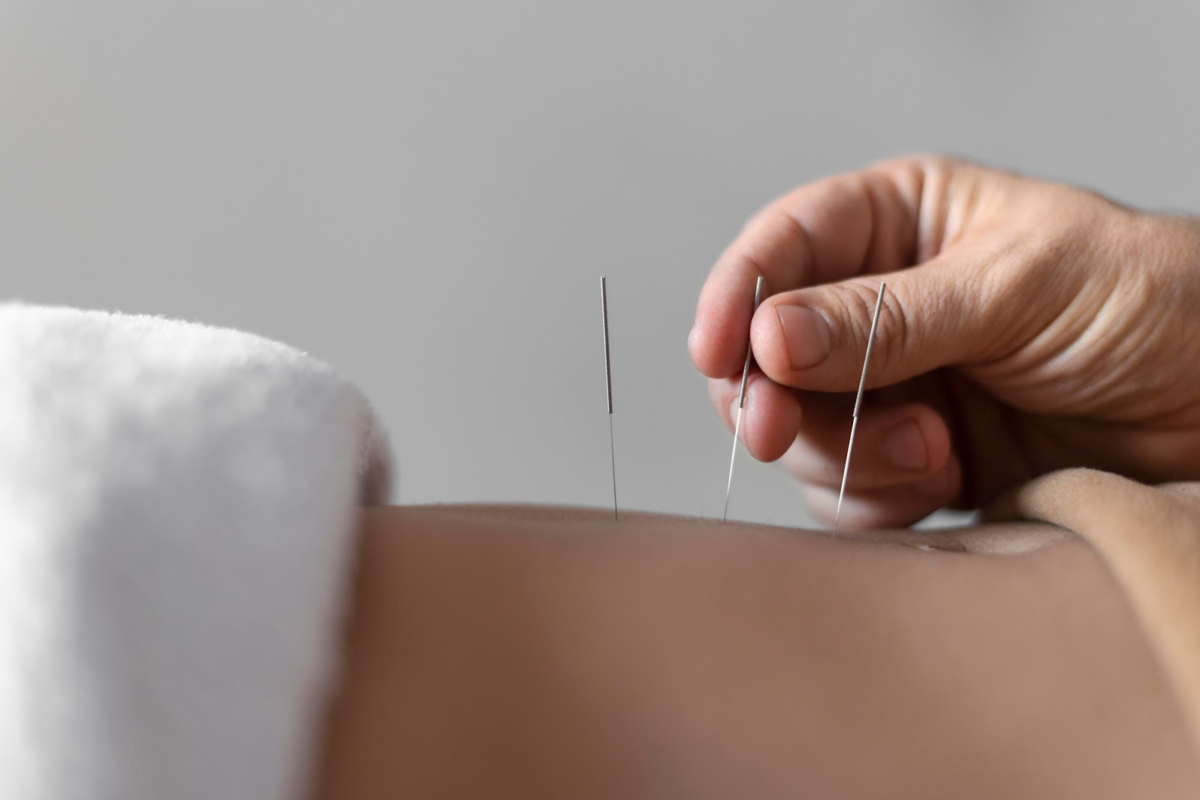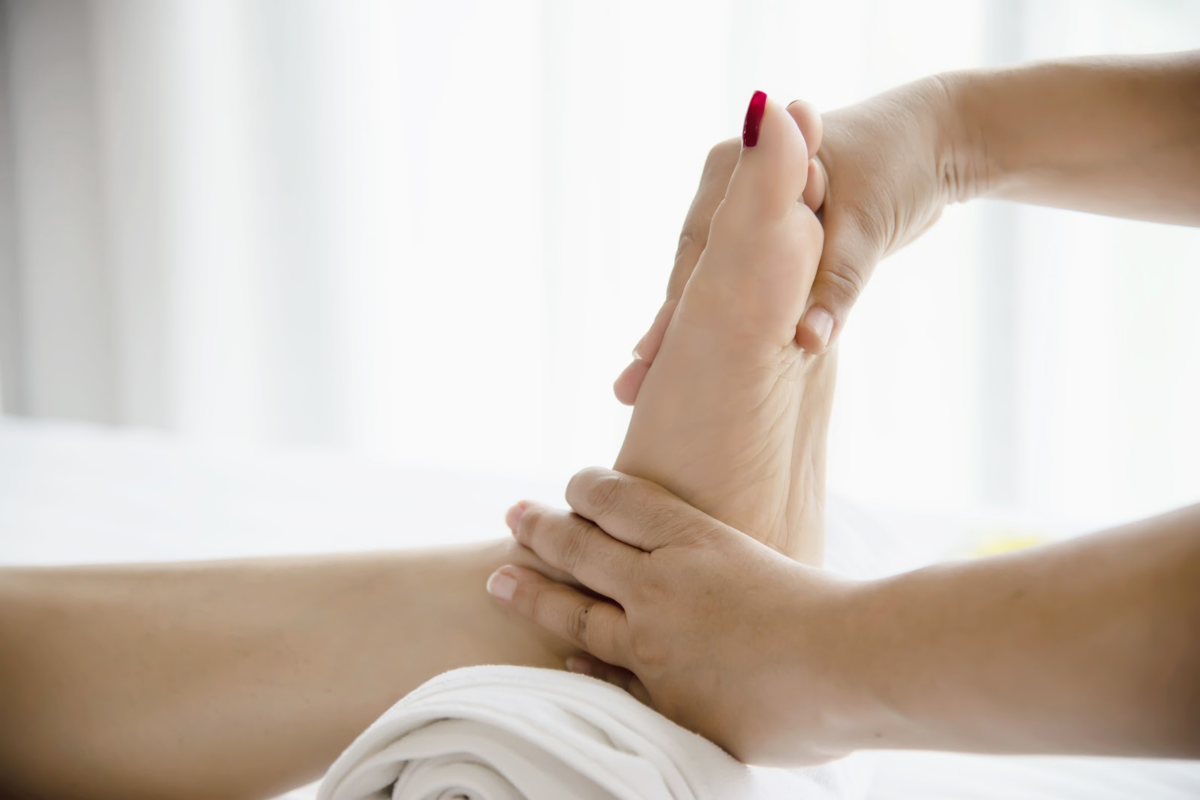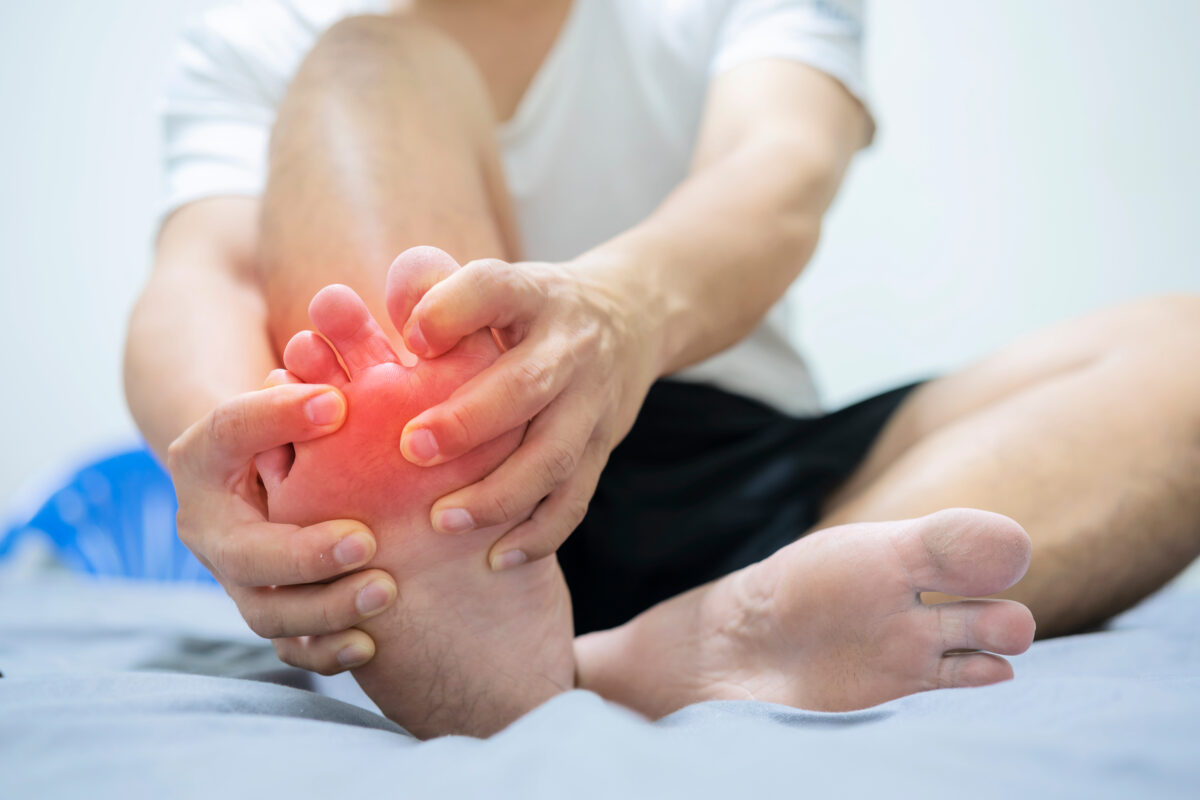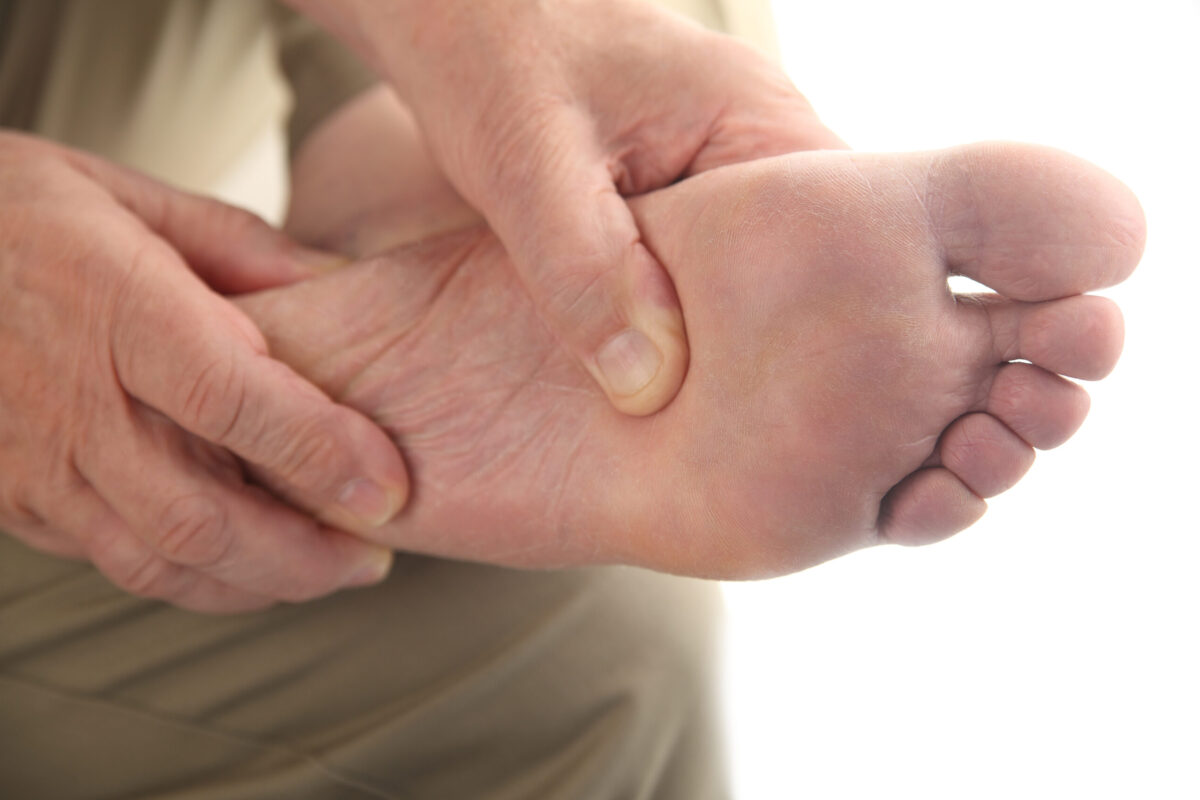Do your feet feel cold or numb, even when the rest of your body is warm? Have you noticed cramping, swelling, or slow-healing wounds? These symptoms may be signs of decreased circulation, a condition where blood flow to the lower extremities is restricted.
Poor circulation to the feet can indicate underlying health conditions like diabetes or vascular insufficiency. If left untreated, circulation problems can lead to pain, infections, and long-term tissue damage.
Fortunately, there are ways to improve circulation and prevent complications. In this guide, we’ll explain the causes and symptoms and the best ways to restore healthy blood flow to your feet.
Poor Circulation to Feet: What Is It?
Have you ever noticed that your feet take longer to warm up than the rest of your body? This could be a sign that oxygenated blood isn’t flowing efficiently to your lower extremities.
Poor circulation happens when blood struggles to reach the feet due to narrowed blood vessels, weakened veins, or reduced heart function.
Circulation is responsible for delivering oxygen and nutrients to the body’s tissues. When blood flow is restricted, the feet and toes often feel the effects first. The heart has to work harder to push blood downward, and if vessels are blocked or weakened, the lower limbs receive less oxygen-rich blood, leading to discomfort, coldness, and slow healing.
While poor circulation isn’t a condition, it is often a symptom of underlying health issues such as diabetes, peripheral arterial disease, or chronic venous insufficiency.
Signs and Symptoms of Poor Blood Circulation in Feet
Poor circulation often develops gradually, making it easy to overlook early warning signs. However, recognizing the symptoms can help prevent complications like chronic pain, nerve damage, and slow-healing wounds.
Cold Feet and Numbness
One of the most common symptoms is cold feet and toes, even in warm conditions. Without proper blood flow, the feet struggle to maintain normal temperature. Many people also experience numbness, tingling, or a pins-and-needles sensation, which happens when nerves aren’t receiving enough oxygen and nutrients.
Swelling and Skin Discoloration
Swelling in the feet and ankles is another key indicator. When circulation is poor, blood and fluids can pool in the lower extremities, leading to puffiness and discomfort. Some people notice skin discoloration, with feet turning pale, bluish, or reddish due to inconsistent blood supply.
Pain, Cramping, and Weakness
Cramping or pain, especially while walking or at night, can also signal circulation problems. This occurs when calf muscles and other tissues lack oxygen, causing them to spasm. Some patients experience leg weakness or heaviness, making it difficult to move around comfortably.
Slow-Healing Wounds and Brittle Nails
Over time, poor circulation may lead to slow-healing wounds or ulcers, particularly in people with diabetes or vascular disease. Without proper blood supply, cuts and sores take longer to close, increasing the risk of infection. Additionally, brittle toenails and reduced hair growth on the legs can be signs of inadequate blood flow to the extremities.
Ignoring these symptoms can lead to more serious complications. Identifying the root cause is the next step toward restoring healthy blood flow.
What Causes Poor Circulation to Feet?
Poor circulation in the feet can result from underlying medical conditions, lifestyle habits, or environmental factors that restrict blood flow. Some causes are temporary, while others require long-term management to prevent complications.
Peripheral Artery Disease (PAD)
PAD is one of the most common causes of poor circulation. It occurs when arteries narrow due to fatty material buildup, limiting blood flow to the legs and feet.
Symptoms often include pain while walking (claudication), cramping, and slow-healing wounds. If left untreated, PAD increases the risk of infections and tissue death.
Diabetes and High Blood Sugar
People with diabetes are at a higher risk of circulation issues due to nerve damage (neuropathy) and blood vessel deterioration. High blood sugar levels weaken the blood vessels over time, leading to numbness, tingling, and slow-healing sores on the feet.
In severe cases, poor circulation can contribute to diabetic foot ulcers and an increased risk of infection.
Chronic Venous Insufficiency (CVI)
CVI occurs when veins struggle to return blood to the heart, causing fluid buildup in the lower extremities. It often leads to swelling, varicose veins, and a heavy, aching sensation in the legs and feet. Without proper treatment, CVI can result in skin discoloration and open sores.
Blood Clots and Deep Vein Thrombosis (DVT)
Blood clots can partially or fully block circulation in the legs, preventing oxygen from reaching the feet. Deep vein thrombosis is a critical medical condition characterized by the formation of a blood clot in a deep vein, most commonly in the leg.
Symptoms may include sudden swelling, warmth, and sharp pain in one leg. If the clot travels to the lungs, it can lead to life-threatening complications.
Raynaud’s Disease
Raynaud’s disease is when blood vessels spasm in response to cold temperatures or stress, temporarily cutting off circulation to the fingers and toes. Affected areas may turn white or blue before returning to normal color.
Although episodes are usually temporary, frequent occurrences can weaken blood vessels over time.
Sedentary Lifestyle and Lack of Movement
Sitting or standing for long periods can slow circulation, leading to swelling, stiffness, and discomfort in the feet. When the muscles aren’t engaged, blood can pool in the lower extremities, increasing the risk of varicose veins and blood clots.
Smoking and High Cholesterol
Smoking and high cholesterol contribute to arterial damage and plaque buildup, restricting blood flow. Nicotine causes blood vessels to constrict, making it even harder for oxygen-rich blood to reach the feet.
Over time, these factors increase the risk of heart disease and circulation-related complications.
Unhealthy Diet and Lifestyle Factors
Eating foods high in saturated fats can contribute to plaque buildup in arteries, leading to circulation problems. Lack of movement, obesity, and smoking can also make it easier to develop poor circulation.
Obesity and High Blood Pressure
Excess weight puts added pressure on the circulatory system, making it harder for blood to flow efficiently. High blood pressure damages artery walls, reducing their ability to expand and contract properly. This can lead to poor circulation, swelling, and an increased risk of vascular disease.
How to Improve Poor Circulation to Feet Naturally
Improving circulation in the feet starts with lifestyle changes that promote healthy blood flow. Simple adjustments to daily habits can make a significant difference in preventing discomfort and reducing the risk of complications.
Stay Active With Regular Exercise
Physical activity is one of the most effective ways to boost circulation. Walking, stretching, and low-impact exercises like swimming or cycling help strengthen blood vessels and improve oxygen delivery to the feet.
Even short movement breaks throughout the day can prevent blood from pooling in the lower extremities.
Quit Smoking and Reduce Alcohol Consumption
Nicotine causes blood vessels to constrict, reducing circulation to the feet. Quitting smoking allows blood vessels to expand, improving oxygen delivery. Excessive alcohol consumption can also dehydrate the body and negatively impact circulation, so it’s best to drink in moderation.
Manage Stress to Prevent Circulatory Strain
Chronic stress triggers the release of hormones that narrow blood vessels and increase blood pressure. Relaxation techniques such as deep breathing, meditation, and gentle yoga can help reduce stress and promote healthier circulation.
When to Seek Medical Treatment for Poor Circulation in Feet
If lifestyle changes don’t improve circulation or symptoms worsen, poor circulation diagnosed by a doctor may require medical treatment. Persistent numbness, severe pain, or slow-healing wounds could indicate an underlying condition that requires professional care.
Occasional cold feet or mild discomfort is common, but certain symptoms should not be ignored. Seek medical care if you experience:
- Severe or persistent pain in the feet or legs
- Non-healing wounds, ulcers, or infections
- Significant swelling that does not improve
- Skin discoloration (blue, purple, or very pale feet)
- Sudden weakness or numbness in one or both feet
Some circulation issues may also signal more serious health risks. Poor circulation can sometimes be linked to chest pain, which may indicate an underlying cardiovascular disease affecting blood flow throughout the body.
Medical Tests for Circulation Problems
Doctors use several tests to assess blood flow and identify circulation issues. A Doppler ultrasound can measure blood movement through the arteries and veins. Ankle-brachial index (ABI) compares blood pressure in the legs and arms to detect arterial blockages.
In some cases, a vascular angiogram may be needed to get a detailed view of blood vessel health.
Medications and Procedures
If necessary, doctors may prescribe blood thinners to prevent clotting or recommend procedures to restore circulation. In severe cases, surgery may be needed to clear arterial blockages and improve blood flow.
With the right medical intervention, poor circulation treated early can prevent long-term complications and improve overall vascular health. Seeking timely medical care can prevent serious complications and help restore proper circulation.
Restore Healthy Circulation in Your Feet With Wellness and Pain
Ignoring poor circulation can lead to serious health issues like nerve damage, infections, and mobility problems. Making changes early, like staying active, eating healthier, and managing stress, can improve blood flow and prevent complications. If symptoms don’t improve, medical treatment may be necessary.
At Wellness and Pain, our specialists diagnose circulation problems and provide effective treatment options, from lifestyle recommendations to advanced medical care. We help patients improve circulation, reduce pain, and prevent long-term damage.
If you’re struggling with poor foot circulation, request an appointment today and get the right treatment.
FAQs About Poor Circulation to Feet
How do you fix poor circulation in feet?
Improving circulation starts with lifestyle changes such as regular exercise, staying hydrated, and eating a heart-healthy diet. Walking, stretching, and elevating the feet can help blood flow more efficiently.
If symptoms persist, medical treatments like medications, compression therapy, or vascular procedures may be necessary.
What are the symptoms of poor blood flow to the feet?
Common symptoms include cold feet, numbness, tingling, swelling, and skin discoloration. Some people also experience cramping, slow-healing wounds, or pain when walking. These signs indicate that blood isn’t reaching the lower extremities properly.
What is the best vitamin for blood circulation in the legs?
Vitamin C and E help strengthen blood vessels, while magnesium supports proper circulation. B vitamins, particularly B12 and folate, help maintain healthy red blood cells that carry oxygen throughout the body. Many people benefit from a diet rich in leafy greens, nuts, seeds, and citrus fruits.
What causes poor peripheral circulation?
Poor circulation is often caused by peripheral artery disease (PAD), diabetes, chronic venous insufficiency, or prolonged inactivity. Other risk factors include high cholesterol, smoking, obesity, and dehydration.


